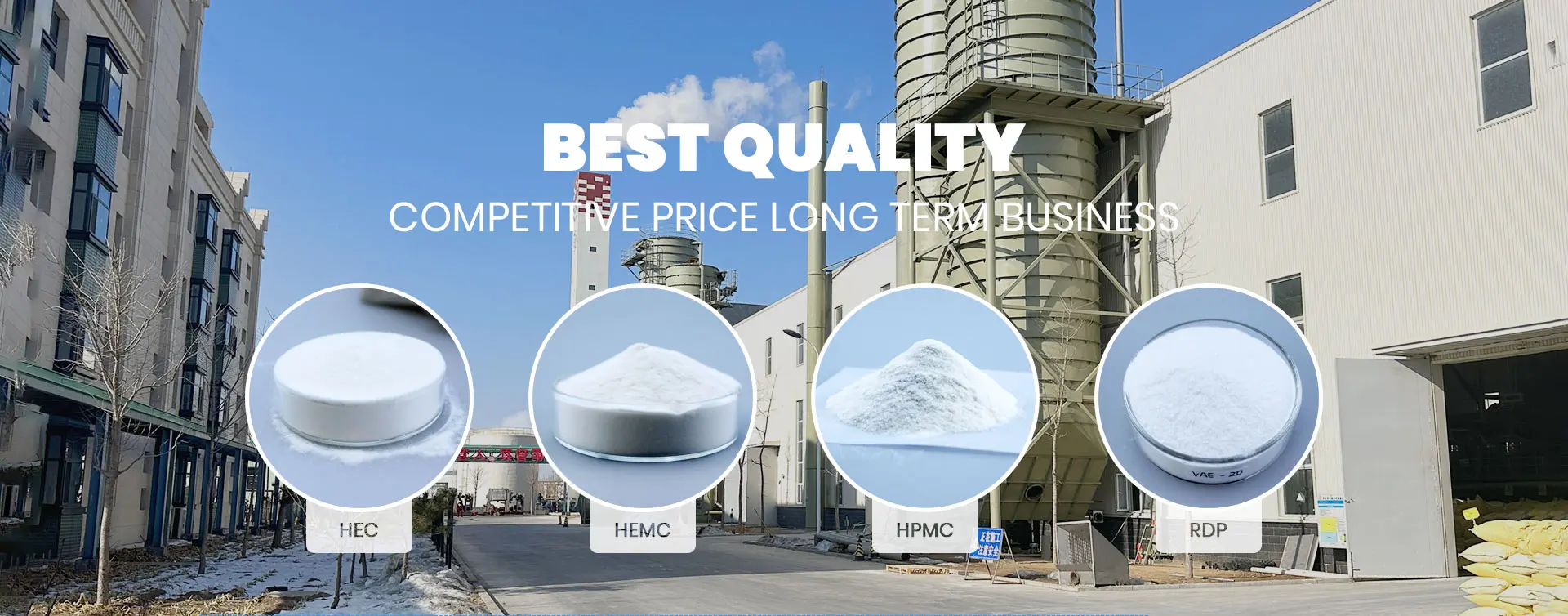
Desemba . 03, 2024 15:41 Back to list
hpmc
Understanding HPMC A Comprehensive Overview
Hydroxypropyl methylcellulose (HPMC) is a versatile and widely used polymer derived from natural cellulose, which has gained significant attention across various industries due to its unique properties. HPMC is a non-ionic, water-soluble polymer that serves a multitude of applications, including in pharmaceuticals, food, construction, and personal care products.
What is HPMC?
HPMC is synthesized by chemically modifying cellulose, which is a natural polymer found in the cell walls of plants. The substitution of hydroxyl groups in cellulose with hydroxypropyl and methoxy groups transforms its properties, making it soluble in water and thus more versatile for various applications. HPMC is characterized by its flexibility, adhesiveness, and ability to impart viscosity, which are essential properties utilized across multiple fields.
Applications in Pharmaceuticals
One of the most significant applications of HPMC is in the pharmaceutical industry. It serves as a drug delivery agent, helping to control the release of medications in the body. HPMC can be used in various dosage forms, including tablets, capsules, and suspensions. Its ability to form a gel-like consistency in the presence of water makes it an ideal excipient for controlled-release formulations. Furthermore, its non-toxic nature makes it a preferred choice for pharmaceutical applications.
In addition to controlled release, HPMC is also used as a binder in tablet formulations, enhancing the compaction of active ingredients and ensuring uniformity in dosage. Its film-forming properties allow for the development of coatings that can protect sensitive compounds from degradation, improve the stability of formulations, and mask the taste of certain medications.
Role in Food Industry
In the food sector, HPMC is often utilized as a thickening and stabilizing agent. Its ability to retain moisture makes it beneficial in maintaining texture and consistency in various food products such as sauces, dressings, and desserts. HPMC is also employed as a fat replacer in low-fat and reduced-calorie food products, providing a creamy texture without the additional calories.
hpmc

Moreover, HPMC is commonly used in gluten-free products, where it helps enhance the elasticity and overall quality of baked goods without the presence of gluten. Its regulatory approval and generally recognized as safe (GRAS) status make it a popular choice among food manufacturers.
Contribution to Construction
In the construction industry, HPMC acts as an essential additive in cement, mortar, and plaster. It improves the workability, adhesion, and water retention of construction materials, making them easier to spread and apply. By enhancing the durability and performance of these materials, HPMC contributes to the longevity and quality of construction projects.
Its ability to improve the flow properties of mortars and ensure better adhesion to surfaces helps reduce the incidence of common issues in construction, such as cracking and peeling. Overall, HPMC's role in construction materials is vital for achieving optimal performance and structural integrity.
Personal Care and Cosmetics
The personal care and cosmetics industry also significantly benefits from HPMC. It is frequently found in lotions, creams, and gels, serving as a thickener and stabilizer. Its capacity to form a film on the skin contributes to moisture retention, enhancing the overall feel and performance of personal care products.
Furthermore, HPMC is utilized in hair care products, where it provides hold and structure to hairstyles without the stiffness often associated with synthetic polymers. Its versatility allows formulators to create a wide range of textures and finishes tailored to consumer preferences.
Conclusion
Hydroxypropyl methylcellulose (HPMC) exemplifies a multifunctional polymer with diverse applications across numerous industries. Its unique properties, including water solubility, viscosity enhancement, and non-toxic nature, make it invaluable in pharmaceuticals, food, construction, and personal care products. As research and innovation continue, the potential applications of HPMC are expected to expand, solidifying its role as a critical ingredient in various formulations. Its adaptability and effectiveness make HPMC a remarkable component of modern technology and product development.
-
Versatile Hpmc Uses in Different Industries
NewsJun.19,2025
-
Redispersible Powder's Role in Enhancing Durability of Construction Products
NewsJun.19,2025
-
Hydroxyethyl Cellulose Applications Driving Green Industrial Processes
NewsJun.19,2025
-
Exploring Different Redispersible Polymer Powder
NewsJun.19,2025
-
Choosing the Right Mortar Bonding Agent
NewsJun.19,2025
-
Applications and Significance of China Hpmc in Modern Industries
NewsJun.19,2025







